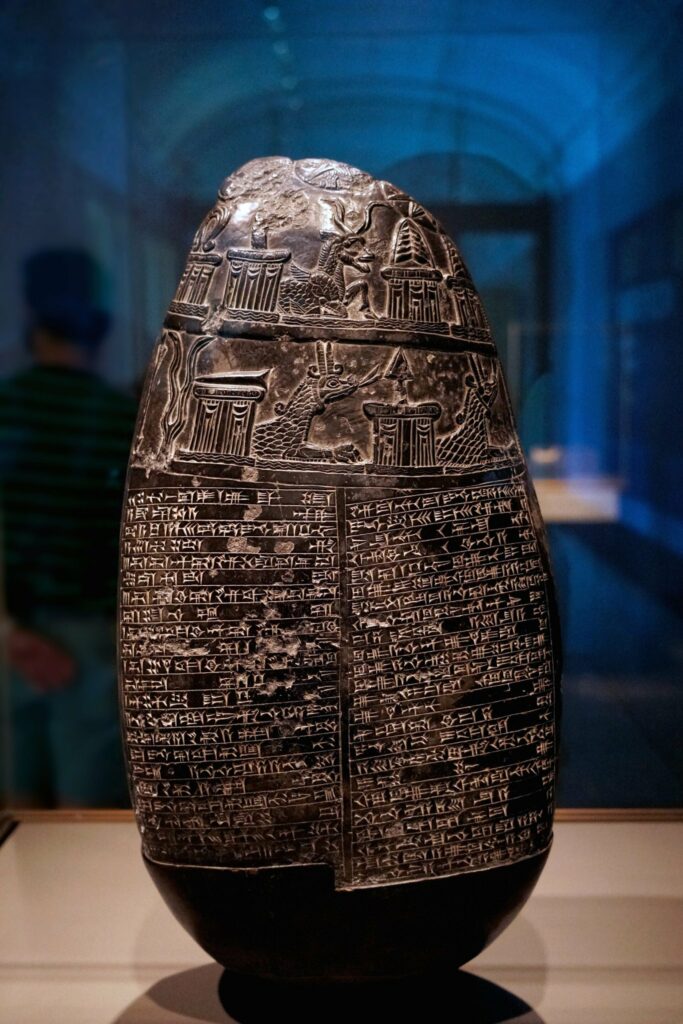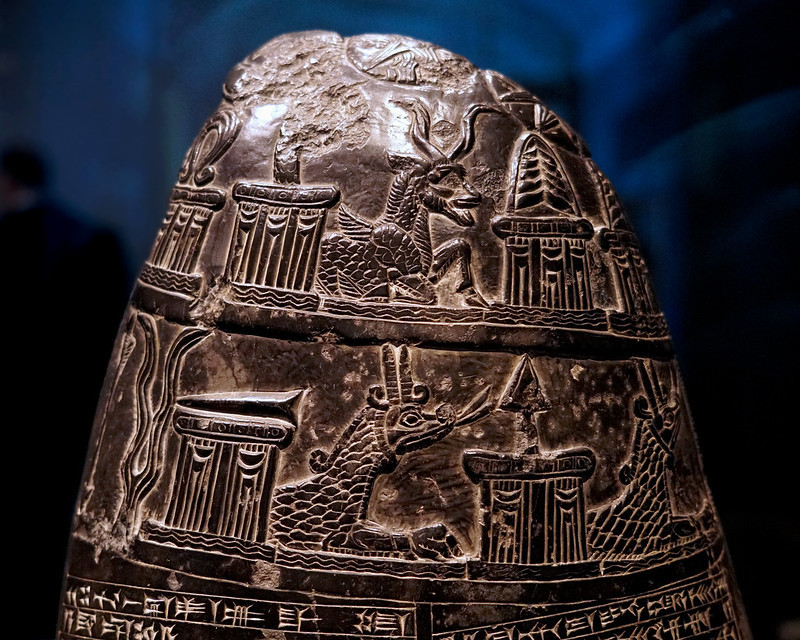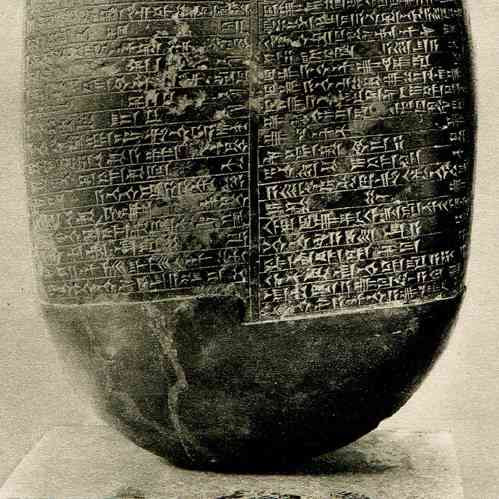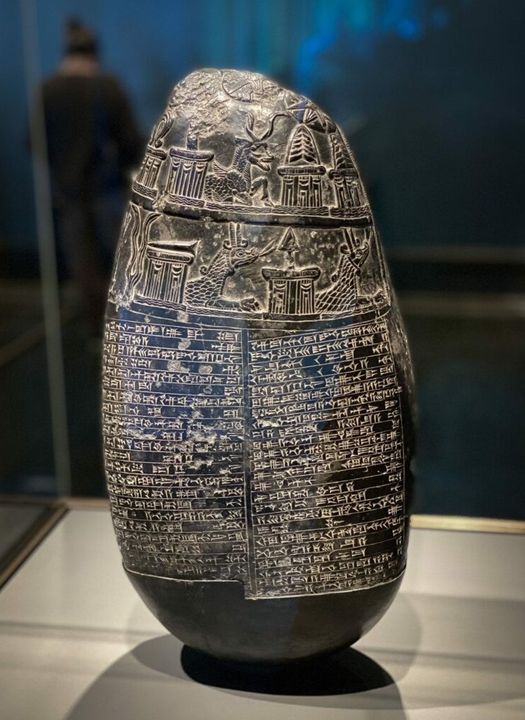In the annals of ancient history, the Babylonian kudurru stele emerges as a remarkable artifact challenging prevailing norms. Dating back to 1100-1083 BCE, this serpentine stone monument unveils a groundbreaking tale of gender equality within Babylonian civilization.
A Father’s Generous Gift

Carved into the intricate surface of the kudurru stele is the record of an extraordinary gift bestowed by Nirah-nasir upon his daughter, Dur-Sharrukinaia’itu. In a testament to familial love and progressive values, Nirah-nasir grants Dur-Sharrukinaia’itu a parcel of land upon her marriage. This act not only symbolizes material generosity but also affirms her right to control her own possessions, a rare privilege for women in ancient Babylon.
Challenging Traditional Gender Roles
During an era when women often had limited rights and were considered property, Nirah-nasir’s decision to grant land ownership to his daughter stands as a bold defiance of societal norms. It signifies a paternal commitment to his daughter’s autonomy and challenges the entrenched gender roles of Babylonian society.

The Symbolism of Serpentine Stone
Crafted from serpentine stone, the kudurru stele holds deep cultural significance. Revered for its association with divine protection and power, the choice of this sacred material elevates the land transaction to a sanctified act. It suggests that Dur-Sharrukinaia’itu’s newfound rights were not only supported by her father but also endorsed by divine forces, imparting legitimacy and significance to her ownership.
A Beacon of Gender Equality

The Babylonian kudurru stele serves as a powerful testament to the potential for gender equality in ancient civilizations. While progressive attitudes toward women’s rights were rare, this artifact shines as a beacon of hope and inspiration. It reminds us of the enduring struggle for justice and equality, urging us to continue challenging societal norms and advocating for universal rights and respect.
Conclusion
As we contemplate the Babylonian kudurru stele, we are reminded of its profound implications for gender equality throughout history. The story of Nirah-nasir and Dur-Sharrukinaia’itu encourages us to persevere in the pursuit of equality, honoring their legacy by striving for a world where every individual enjoys equal rights and opportunities.
